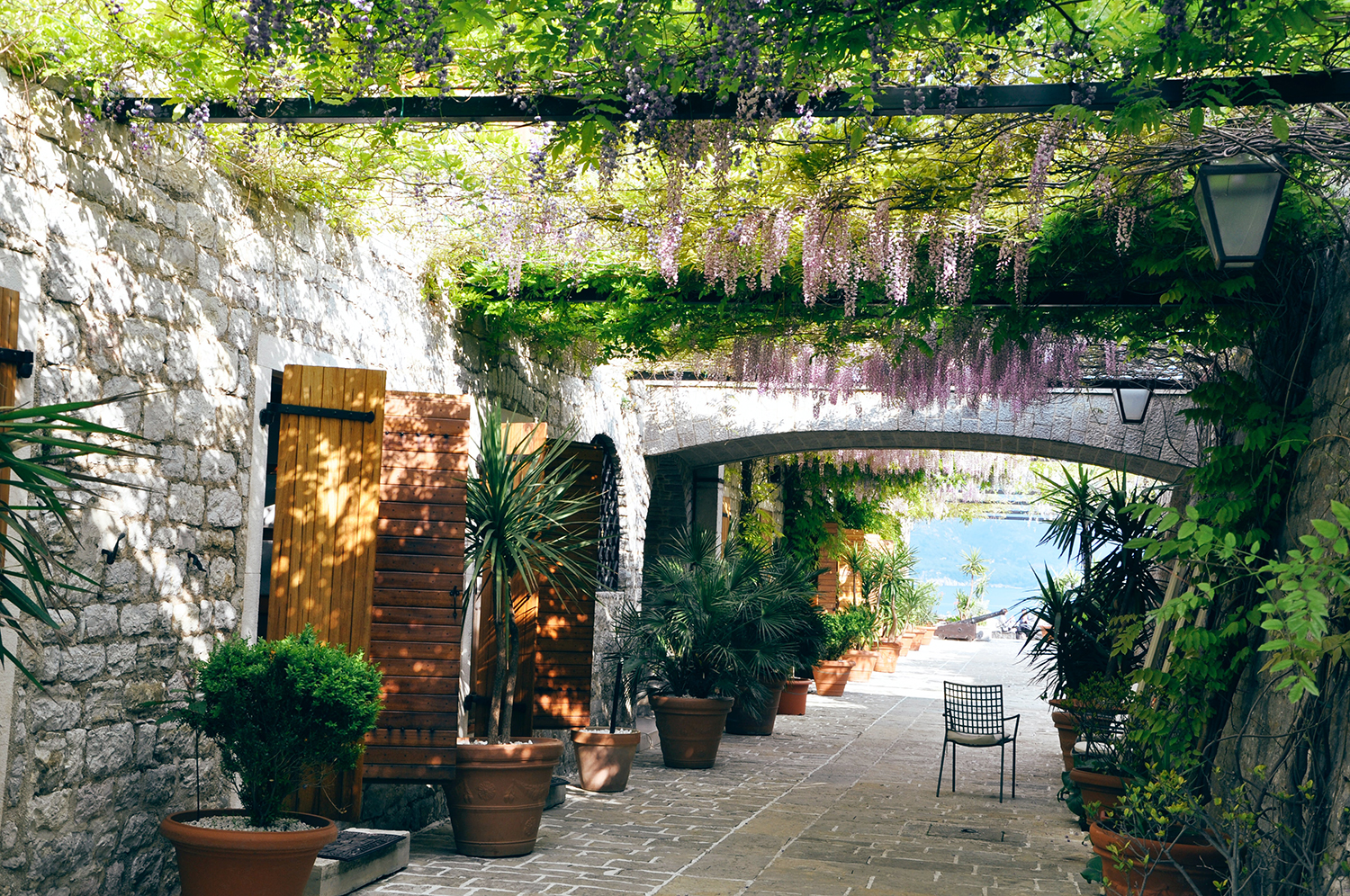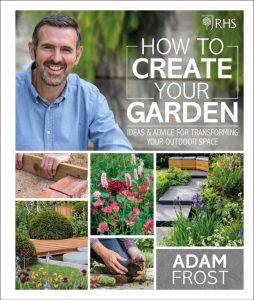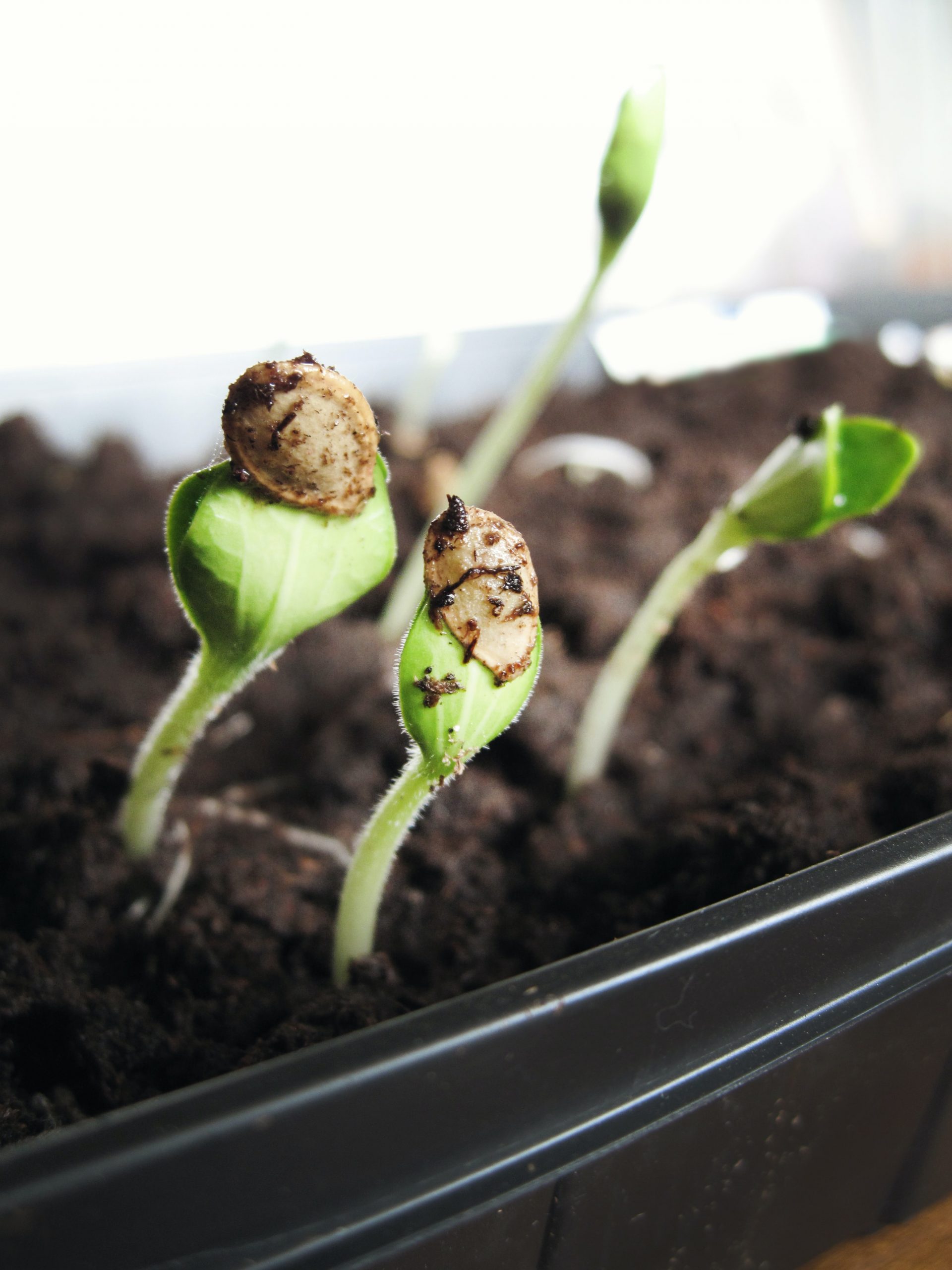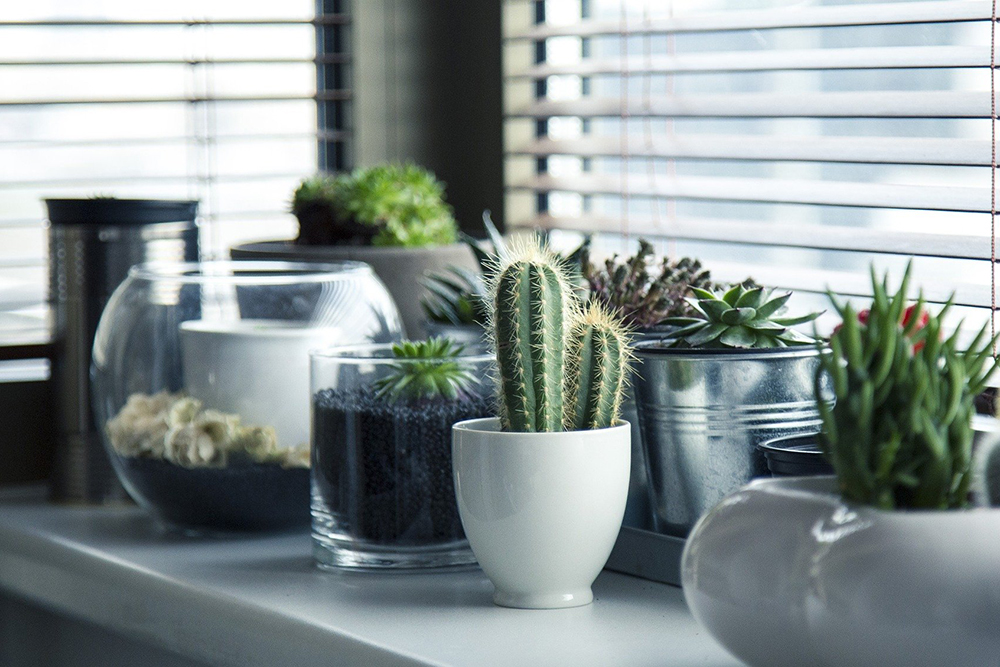Garden Design For Beginners

How to create your own personal and uplifting space.
If you are a beginner gardener, how you design a garden may not be the top of your agenda. But there are some basic things that can be really helpful to think about when you are first starting out in gardening.
One of the first things to consider is your personal circumstances and how long you anticipate living in your current home. More and more people are living in rented accommodation and your ability to design your own garden will very much depend on the terms of your lease, your relationship with your landlord and how long you plan to live there. One thing a rented property can offer you is the opportunity to experiment with planting, especially in pots that you can take with you when you leave. Also if there is ground available you can plant annuals, providing wonderful cutting flowers and inspiring colour in the garden and in your home. The same applies to vegetables and herbs, which with very little space can provide fresh produce for your meals.
If you are able to design your own garden there are many things to consider, but it is such a wonderful opportunity to be creative. As a source of inspiration we would highly recommend the following book:

RHS How to Create your Garden – Ideas & Advice for Transforming Your Outdoor Space – Adam Frost published by DK and available from dk.com
“Creating a garden doesn’t need to be complicated.” This is the promise from Adam Frost, BBC Gardeners’ World presenter and winner of multiple Chelsea Flower Show gold medals, and we love his down-to-earth and reassuring approach to garden design, there is a full review at the end of this feature,
But as an initial guide there are some really practical steps you need to take first:
- Measure the dimensions
- Using a compass check which way the garden is facing
- See what plants / trees are already established in the garden
- Test the soil
Next comes the fun bit! Think about all the different ways you would like to enjoy the garden, some examples could be:
- Space to entertain
- Place to sit and reflect
- Cutting garden
- Vegetable plot
- Water feature
- Wild meadow
- Barrier to noise
- Any fixed items such as a greenhouse, shed, or family space such as above ground pool, or hot tub.
Think about the overall use of the garden; is it a family garden, a garden for you, or you and partner, another consideration could be about the safety of children or pets, also how much time you have available, or how fit and healthy you are.
If you have ever visited any of the RHS Chelsea Shows, or watched the television coverage, you will know how the garden designers take some of the elements above and create the most inspiring and magical gardens.
One of the most important steps is to have an overall vision/theme for your garden, which complements your home, but also is something which resonates with you. Our gardens should become our sanctuary, somewhere to escape to, to help with our wellbeing. Creating an overall plan, however rough the sketch may be, will be essential in planning your garden. If you enjoy drawing creating your vision can be a wonderful way of saving your design to keep for the future.
Try not to be constrained by traditional conventions, if you watch any of the gardening television programmes you will have seen examples of people turning convention on its head. We were inspired by someone who had a very small garden but by clever planting had created the illusion of a much larger garden by planting very large trees at the back and filling the garden until it reached the bifold doors of his lounge. In this way the inside and outside became seamless.
We particularly like pathways that invite and encourage you to explore. Having moveable seating means that you can spend time in different parts of the garden.
If you are trying to create a sanctuary, you may want to plan a secluded space away from the rest of the garden, that is shielded from your neighbours, and planted with plants that are conducive to rest and relaxation. In this space think carefully about choosing plants or herbs that have calming colours and fragrances. Also add plants that can act as a barrier to noise.
Preparation of your garden will be key and measuring out the different areas will help with planting. Time spent preparing the soil will ensure that any investment in seeds or plants will not be wasted.
Don’t forget to talk to your neighbours particularly those who appear to like gardening as they can share valuable advice about growing conditions. Also always think about the impact that your garden may have on them.
Even if you only have a small courtyard, or balcony always think creatively about the space you have available, importantly with a balcony you do need to be aware of the weight of containers, which with soil and water can become quite heavy and the balcony structure may not be able to take the weight. Some balconies also have restrictions on what can be put on them.
Insert plans for balcony, courtyard, small and large gardens.
Sources of inspiration:
RHS How to Create your Garden – Ideas & Advice for Transforming Your Outdoor Space – Adam Frost –
Synopsis: “Creating a garden doesn’t need to be complicated.” This is the promise from Adam Frost, BBC Gardeners’ World presenter and winner of multiple Chelsea Flower Show gold medals.
Regardless of your experience or budget, with Adam’s help and know-how you can design your dream garden, whether it’s a small urban garden, a classic cottage garden, a suburban front garden, a low-maintenance space or a city roof terrace. His practical, no-nonsense approach strips away complex garden design concepts and focuses on your needs and preferred garden style to help you plan and build a garden that works for you.
Starting right at the beginning, Adam takes you step by step through the whole process, inspiring you with simple garden design ideas to tackle a full garden makeover or a simple revamp of just one part of your garden, perhaps a tired herbaceous border, the patio, or a water feature.
Learn how to design a garden that reflects your practical needs, lifestyle, budget, personality, soil, and climate.
Build it yourself following the clear, uncomplicated step-by-step instructions that show you everything from laying turf to terraces, planting trees or building a raised bed or water feature.
Enjoy it month by month with his simple checklist of what to do when to keep your garden in shape.
RHS How to Create your Garden is about designing an outside space that is real, achievable, and right for you.
Review
Now is a perfect time to look creatively at your garden and How to Create Your Garden is a great place to start, and Adam’s passion and enthusiasm for gardening shine throughout the book.
Full of stunning illustrations and helpful advice he takes you through the key stages of creating a beautiful garden.
He starts with Design, including Understanding Your Space, Design for People, Find Your Style, Choose Your Plants, Bring it all Together.
He then focuses on How to Build Your Garden and How to Plant Your Garden. There are also really helpful ‘Ask Adam’ Q&A throughout the book.
We love the final section of the book which is about how to Enjoy your garden, which is a month by month summary of how to get the best out of your garden, with a quick checklist of tasks, what to do in your borders and vegetable garden, lawn, trees shrubs and climbers and any other jobs around the garden.
As Adam says, “Great Gardens are all about emotions and how they make you feel”
Whether you are creating a garden for the first time, or want to revitalise your existing garden this is a most inspiring book, we absolutely loved it.
Highly Recommended!
Published by DK and available now dk.com
You may also be inspired by the following books:
Modern Container Gardening – Isabelle Palmer
In Bloom – Clare Nolan




